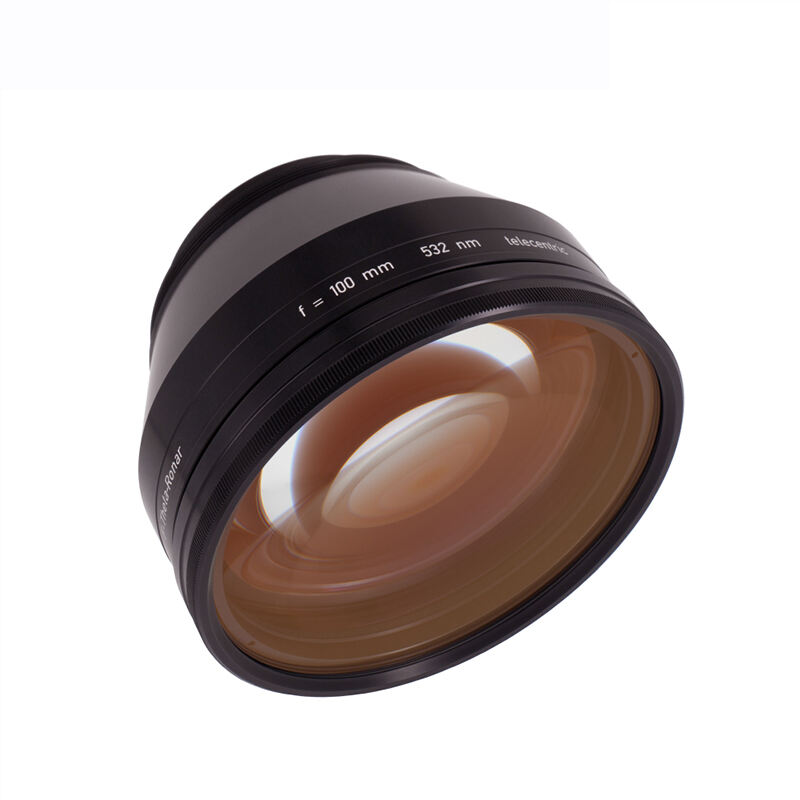The Evolution of Modern Precision Welding
In the realm of industrial manufacturing, precision and quality are paramount. The laser welding machine has revolutionized how we approach metal joining processes, offering unprecedented accuracy and minimal material distortion. This advanced technology has become the cornerstone of modern manufacturing, enabling industries to achieve exceptional weld quality while maintaining the structural integrity of materials.
The transformation brought about by laser welding technology extends far beyond traditional welding methods. With its ability to deliver concentrated energy precisely where needed, this sophisticated approach has become indispensable across automotive, aerospace, medical device manufacturing, and numerous other high-precision industries.
Core Technology Behind Laser Welding Systems
Beam Generation and Control Mechanisms
At the heart of every laser welding machine lies sophisticated beam generation technology. The system utilizes high-powered lasers, typically CO2 or fiber lasers, to create an intense, focused beam of light. This concentrated energy source can be precisely controlled through advanced optical systems, allowing for exact power delivery and spot size adjustment based on specific application requirements.
Modern control systems incorporate real-time monitoring and adjustment capabilities, ensuring consistent beam quality throughout the welding process. These sophisticated mechanisms can adapt to changing conditions, maintaining optimal welding parameters even during complex operations.
Precision Focusing and Positioning Systems
The effectiveness of a laser welding machine heavily depends on its focusing and positioning capabilities. Advanced motion control systems, often utilizing multi-axis robotics, ensure exact positioning of the laser beam relative to the workpiece. This precision is achieved through sophisticated servo motors and encoders that can position the beam with accuracy down to microns.
The focusing system incorporates adaptive optics that can adjust the focal point in real-time, compensating for any variations in material thickness or surface conditions. This level of control enables consistent weld quality across varying geometries and joint configurations.
Material Distortion Prevention Techniques
Heat Input Management
One of the primary advantages of using a laser welding machine is its ability to minimize heat-affected zones. The system delivers energy in a highly concentrated manner, reducing the overall heat input into the material. This focused approach prevents excessive material heating, which is often the primary cause of distortion in traditional welding methods.
Advanced thermal management systems monitor and control the heat distribution throughout the welding process. By maintaining optimal temperature levels, these systems ensure minimal thermal stress on the surrounding material, preserving its mechanical properties and dimensional stability.
Process Parameter Optimization
Successful distortion prevention relies heavily on proper parameter optimization. Modern laser welding machines incorporate sophisticated software that can calculate and adjust parameters such as power density, welding speed, and focal position based on material properties and joint requirements. These intelligent systems ensure the perfect balance between penetration depth and heat input.
The ability to fine-tune these parameters allows operators to achieve optimal results while minimizing the risk of thermal distortion. This level of control is particularly crucial when working with heat-sensitive materials or complex geometries.
Quality Assurance and Monitoring Systems
Real-time Process Monitoring
Advanced laser welding machines integrate sophisticated monitoring systems that track various parameters during the welding process. These systems utilize multiple sensors to measure factors such as beam characteristics, temperature distribution, and weld pool dynamics. The collected data enables immediate detection of any deviations from optimal welding conditions.
Real-time monitoring capabilities allow for instant adjustments to maintain weld quality and prevent defects before they occur. This proactive approach significantly reduces the need for post-weld inspections and repairs, improving overall production efficiency.
Documentation and Traceability
Modern laser welding technology incorporates comprehensive documentation systems that record all relevant process parameters and quality indicators. This data collection enables complete traceability of each weld, supporting quality assurance requirements and facilitating continuous process improvement.
The ability to analyze historical data helps identify patterns and optimize welding parameters for different applications. This knowledge-based approach leads to consistently higher quality results and reduced material waste.
Applications and Industry Impact
Automotive Manufacturing Excellence
The automotive industry has embraced laser welding machine technology for its ability to produce high-strength, precise welds while maintaining aesthetic appeal. From body panels to powertrain components, laser welding enables manufacturers to achieve superior joint quality with minimal post-processing requirements.
The technology's precision and speed have significantly improved production efficiency, allowing automotive manufacturers to meet increasingly stringent quality standards while reducing manufacturing costs.
Aerospace and Defense Applications
In aerospace applications, where safety and reliability are paramount, laser welding machines provide the precision and consistency required for critical components. The technology's ability to produce clean, strong welds with minimal heat impact makes it ideal for working with specialized aerospace alloys and thin-walled structures.
The aerospace industry particularly benefits from the technology's capability to maintain tight tolerances and produce repeatable results, ensuring compliance with stringent safety regulations.
Frequently Asked Questions
What makes laser welding superior to traditional welding methods?
Laser welding offers several advantages including precise heat control, minimal material distortion, deeper penetration capabilities, and the ability to weld complex geometries. The focused energy delivery system results in cleaner, stronger welds with smaller heat-affected zones compared to conventional welding methods.
How does laser welding prevent material warpage?
Laser welding machines prevent warpage through concentrated heat application, precise control of energy input, and sophisticated monitoring systems. The technology's ability to deliver energy exactly where needed, combined with rapid processing speeds, significantly reduces overall heat input and resulting material distortion.
What materials can be joined using laser welding technology?
Laser welding machines can effectively join a wide range of materials, including various steel grades, aluminum alloys, titanium, and even dissimilar metals in some cases. The technology's versatility extends to both thin sheets and thick sections, making it suitable for diverse industrial applications.
 EN
EN
 AR
AR
 FR
FR
 DE
DE
 JA
JA
 KO
KO
 RU
RU
 ES
ES


